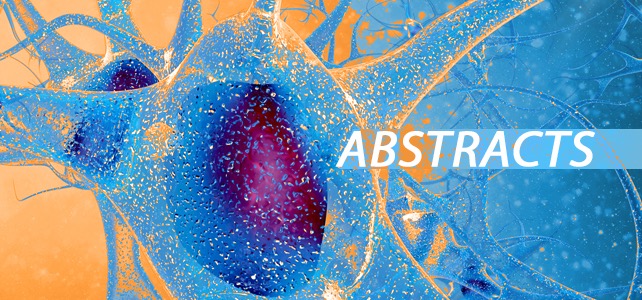Reoperation and readmission after clipping of an unruptured intracranial aneurysm: a National Surgical Quality Improvement Program analysis.
Abstract
OBJECTIVE Although reoperation and readmission have been used as quality metrics, there are limited data evaluating the rate of, reasons for, and predictors of reoperation and readmission after microsurgical clipping of unruptured aneurysms. METHODS Adult patients who underwent craniotomy for clipping of an unruptured aneurysm electively were extracted from the prospective National Surgical Quality Improvement Program registry (2011-2014). Multivariable logistic regression and recursive partitioning analysis evaluated the independent predictors of nonroutine hospital discharge, unplanned 30-day reoperation, and readmission. Predictors screened included patient age, sex, comorbidities, American Society of Anesthesiologists (ASA) classification, functional status, aneurysm location, preoperative laboratory values, operative time, and postoperative complications. RESULTS Among the 460 patients evaluated, 4.2% underwent any reoperation at a median of 7 days (interquartile range [IQR] 2-17 days) postoperatively, and 1.1% required a cranial reoperation. The most common reoperation was ventricular shunt placement (23.5%); other reoperations were tracheostomy, craniotomy for hematoma evacuation, and decompressive hemicraniectomy. Independent predictors of any unplanned reoperation were age greater than 51 years and longer operative time (p ? 0.04). Readmission occurred in 6.3% of patients at a median of 6 days (IQR 5-13 days) after discharge from the surgical hospitalization; 59.1% of patients were readmitted within 1 week and 86.4% within 2 weeks of discharge. The most common reason for readmission was seizure (26.7%); other causes of readmission included hydrocephalus, cerebrovascular accidents, and headache. Unplanned readmission was independently associated with age greater than 65 years, Class II or III obesity (body mass index > 35 kg/m2), preoperative hyponatremia, and preoperative anemia (p ? 0.04). Readmission was not associated with operative time, complications during the surgical hospitalization, length of stay, or discharge disposition. Recursive partitioning analysis identified the same 4 variables, as well as ASA classification, as associated with unplanned readmission. The most potent predictors of nonroutine hospital discharge (16.7%) were postoperative neurological and cardiopulmonary complications; other predictors were age greater than 51 years, preoperative hyponatremia, African American and Asian race, and a complex vertebrobasilar circulation aneurysm. CONCLUSIONS In this national analysis, patient age greater than 65 years, Class II or III obesity, preoperative hyponatremia, and anemia were associated with adverse events, highlighting patients who may be at risk for complications after clipping of unruptured cerebral aneurysms. The preponderance of early readmissions highlights the importance of early surveillance and follow-up after discharge; the frequency of readmission for seizure emphasizes the need for additional data evaluating the utility and duration of postcraniotomy seizure prophylaxis. Moreover, readmission was primarily associated with preoperative characteristics rather than metrics of perioperative care, suggesting that readmission may be a suboptimal indicator of the quality of care received during the surgical hospitalization in this patient population.
KEYWORDS:
ACS = American College of Surgeons; ASA = American Society of Anesthesiologists; BMI = body mass index; CI = confidence interval; COPD = chronic obstructive pulmonary disease; CPT = Current Procedural Terminology; IQR = interquartile range; NSQIP; NSQIP = National Surgical Quality Improvement Program; National Surgical Quality Improvement Program; OR = odds ratio; ROC = receiver operating characteristic; SSI = surgical site infection; TIA = transient ischemic attack; UTI = urinary tract infection; WBC = white blood cell; cerebral aneurysm; craniotomy; readmission; reoperation; vascular disorders
- PMID:
- 28387620
- DOI:
- 10.3171/2016.10.JNS161810

